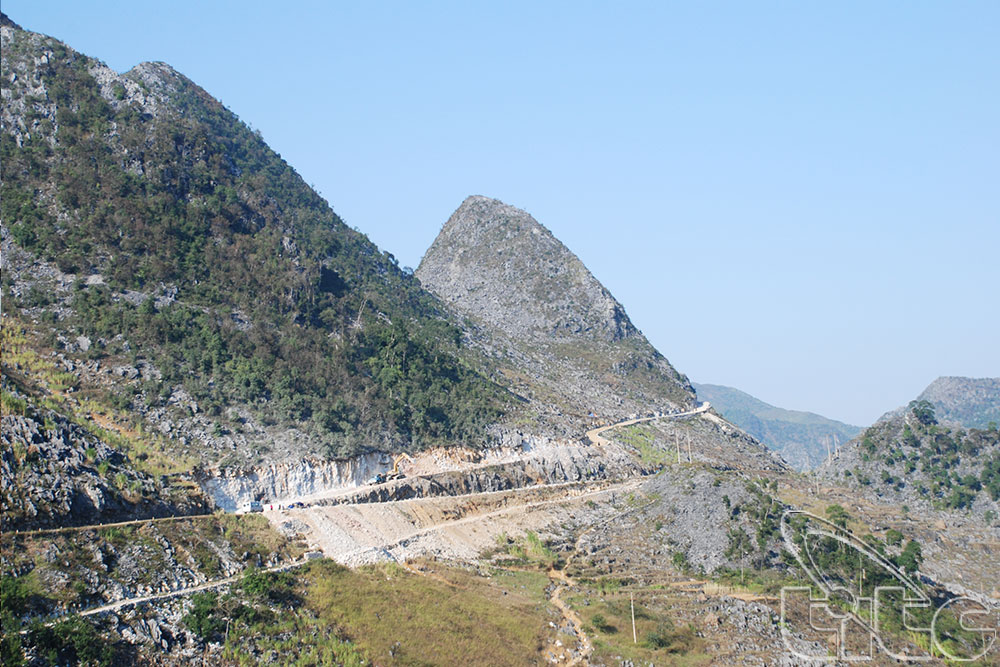The northern mountainous province of Ha Giang has been undertaking efforts to promote the tangible and intangible cultural heritage values of its ethnic minority population in a bid to develop the province’s tourism image.

Dong Van Karst Plateau
In addition to infrastructure improvements, local authorities focussed on the preservation of traditional festivals, rituals and craft villages, as well as boosting the role of folk artisans associations.
The province also concentrated on the construction of cultural tourism villages and the modernisation of rural areas to facilitate tourism development, which is a long-term objective for the province.
Deputy Director of the provincial Department of Culture, Sports and Tourism Trieu Thi Tinh said the province is developing ecological and spiritual tourism, whilst preserving the unique values of ethnic minority cultures.
Located in the north of Viet Nam at an altitude of 1,000-1,600m above sea level, Ha Giang boasts dramatic landscapes and has great potential for hydropower generation and mineral extraction. The province is rich in biodiversity and home to numerous medicinal plants.
The Dong Van Karst Plateau, recognised by the Global Network of National Geoparks in 2010; Twin Mountain in Quan Ba district; Ma Pi Leng Pass in Meo Vac; and Hoang Su Phi terraced rice fields are only some of the fascinating tourism attractions the province has to offer.
Ha Giang is home to 19 ethnic minority groups that are steeped in cultural traditions, such as the Khau Vai Love Market, the ethnic Dao “cap sac” (coming-of-age) ritual, ethnic Pa Then flame dancing, the ethnic Tay “Long Tong” (Field Work) festival and the ethnic Lo Lo prayers for rain.